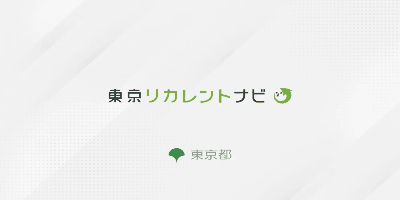|
|
ACTIVITIES (RESEARCH AREA)
In modern society, by the establishment of advanced mass production technology, it is not an overstatement to say that artifacts are already in quantitative saturation. Moreover, it is well known that the industrial structure based on mass consumption and extensive abandonment of artifacts have been generating serious earth-scale problems. So, as a result, it is also commonly recognized that artifacts should be produced in proper quantities and discarded in as less quantities as possible from now on.
Then, should we simply reduce the produced amount of artifacts? Not only it would be a step back in the progress achieved so far, but it would also to make our already present economic conjecture still more difficult. Therefore, in order to mitigate environmental load, it becomes necessary to switch from the quantitative sufficiency of artifacts to a qualitative sufficiency,. In order to realize this, it is said that dematerialization and closed-loop product life cycle are important. Dematerialization means considering artifacts as channels for supplying services, making the object of value shift from the material itself to service. Closed-loop product life cycle means turning the manufacturing industry into a life cycle industry which creates new added value not only through the recycling of products but also through positive reuse and remanufacturing.
|
|
|
|
Service engineering, which aims at discussing the above-mentioned contents from both a gross and engineering point of views, is defined as the engineering to develop artifacts as service channels with increased added value, also being expected to creating an objective technique to raise the productivity of the life cycle industry. Self-maintenance technology, for example, is one of the techniques that give high-autonomy failure restoration capability to machines. In service engineering, this technique is positioned as one element for concretely realizing new technologies and economic strategies.
Also, design methodology for upgradability aims at extending artifacts functional life by means of functional upgradabilty. It can be considered as a practical technique for promoting closed-loop product life cycle in design and operation phases. Based on the above mentioned, it is clear that service engineering may have a very close relation with future artifactual engineering research, and we have just begun to walk this way.
|


